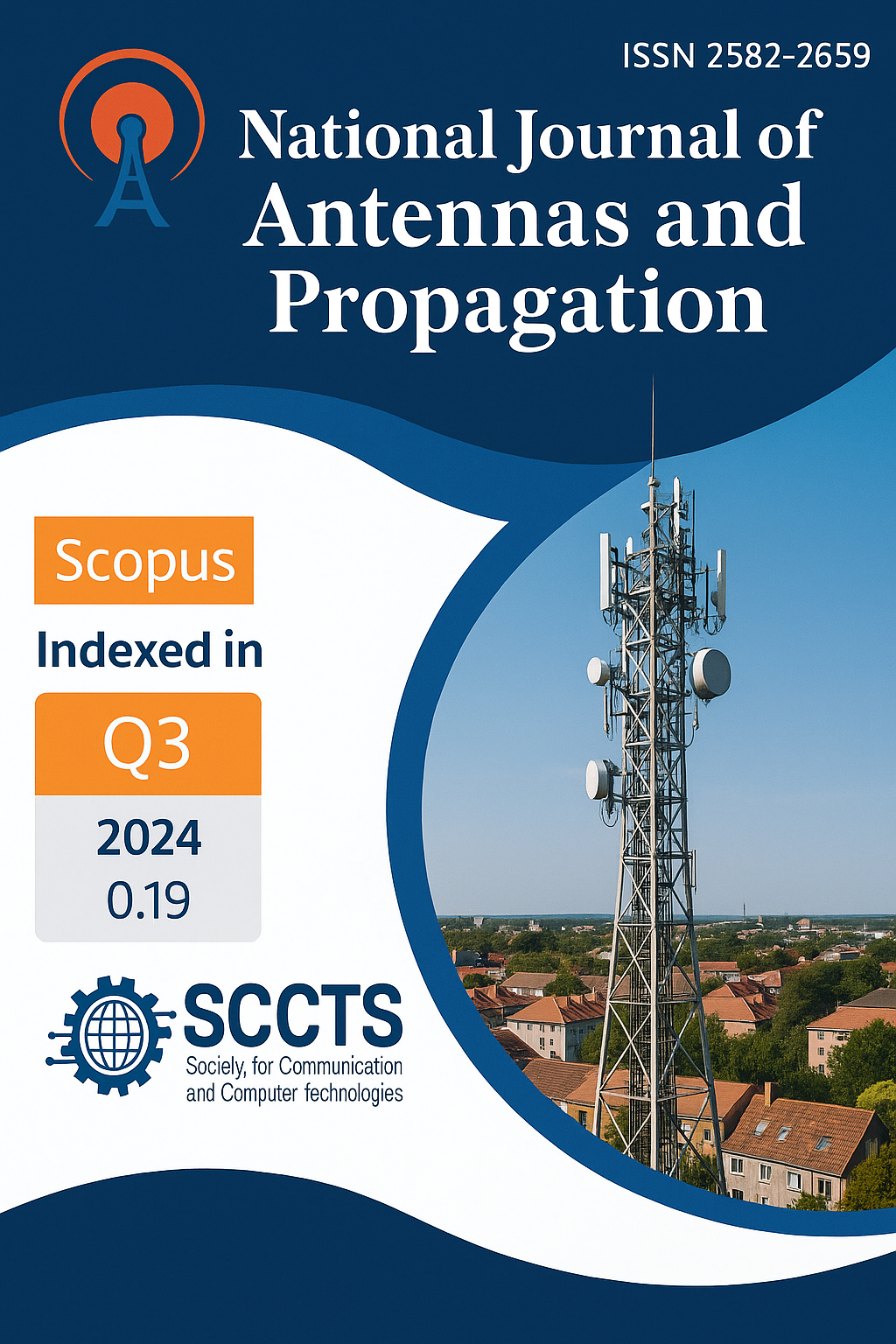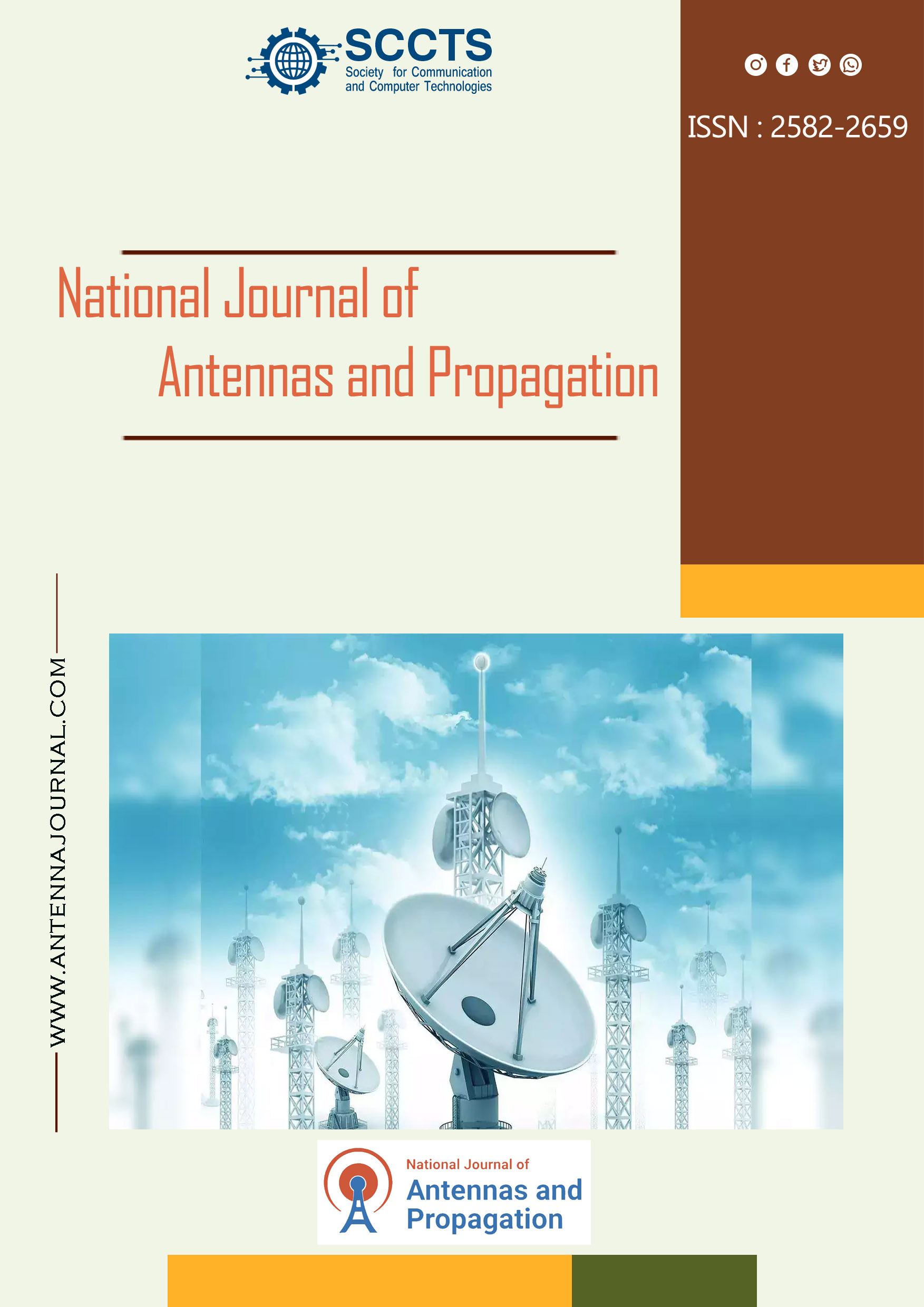Research on Nano Antennas for Telecommunication and Optical Sensing
DOI:
https://doi.org/10.31838/NJAP/06.02.01Keywords:
Optical Regulations in Nanophotonics; Design of Nano-Antennas; Applications in Optical Communications; Sensing using Plasmonic Sensors; Subwavelength NanodevicesAbstract
Optically resonant nano-antennas represent relatively new and promising functionalities for expanding the uses of optical frequencies in communication and sensing. These nano-scale devices built of metal or dielectric materials, take action through effectively
modulating light at the nano-scale, thus avoiding limitations of conventional optical devices, including the diffraction limit. Nano-antennas are pencils of light that have the capacity to focus electromagnetic light energy into highly confined spaces due to their
small size; they give precise control of electromagnetic energy which is fundamental for improving the speed, and encoding capacity of optical communication networks. Nano antennas have higher responsivity to changes in the environment; thus, they can be used
in biosensing and environmental sensing with improved capability in detecting small changes in molecular or chemical concentrations. Besides integrating them into photonic circuits may enable the shrinking of the size of optical devices as well as improving the
performance of the devices. This paper discuss the application of nano-antennas and studies the design, material and fabrication method with high efficiency, low loss and preferable radiation characteristics for use in different application. Further research in
the development of nano-antennas will expand High-speed data transmission, real time sensing, optical system miniaturization that will enhance telecommunication, medical diagnostics, and nanotechnology innovations.











